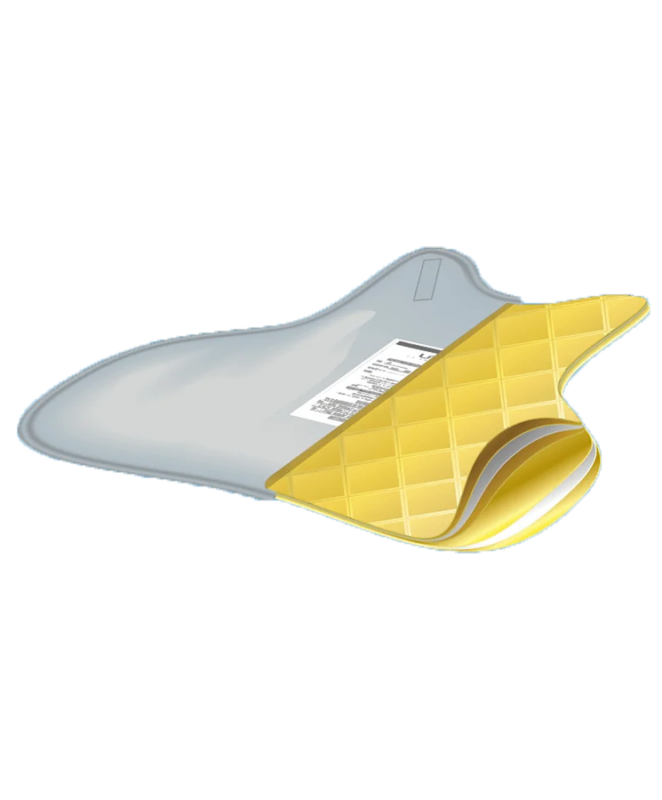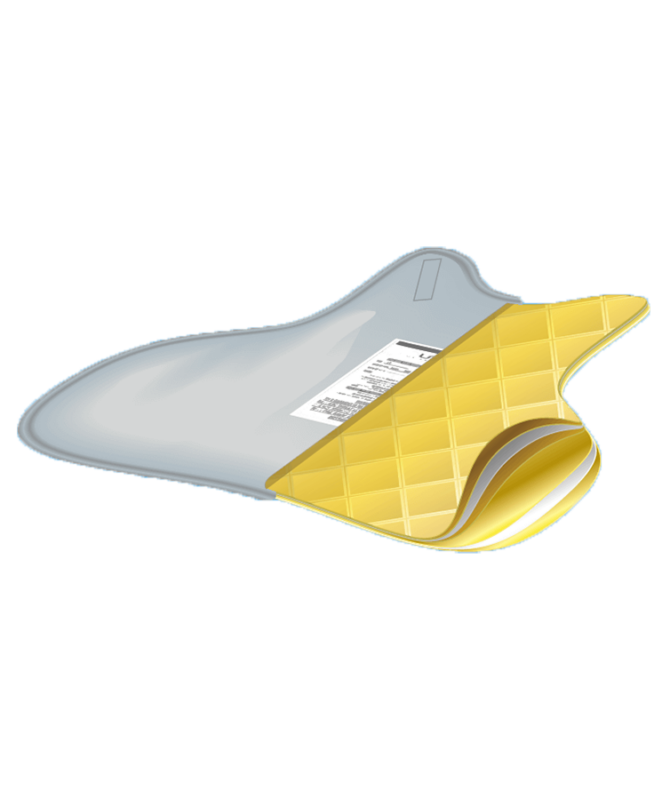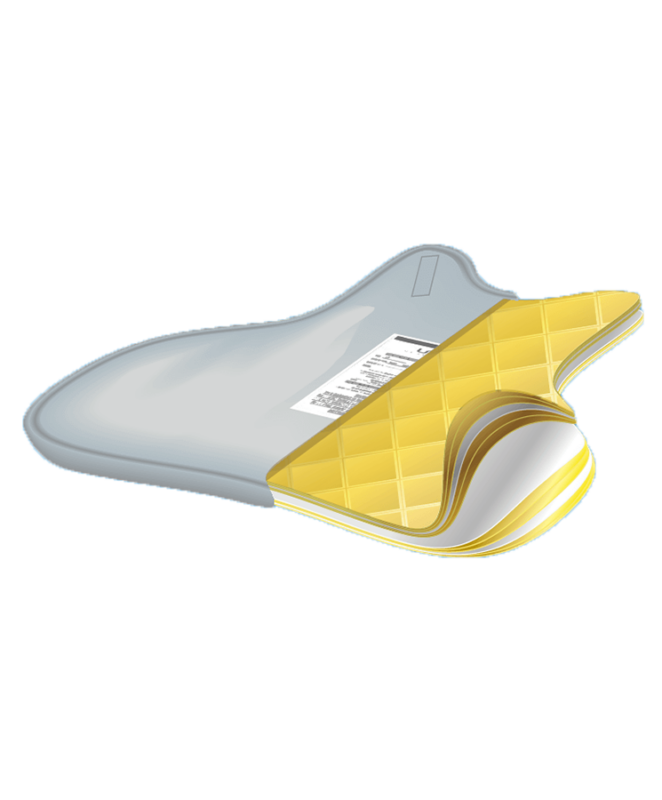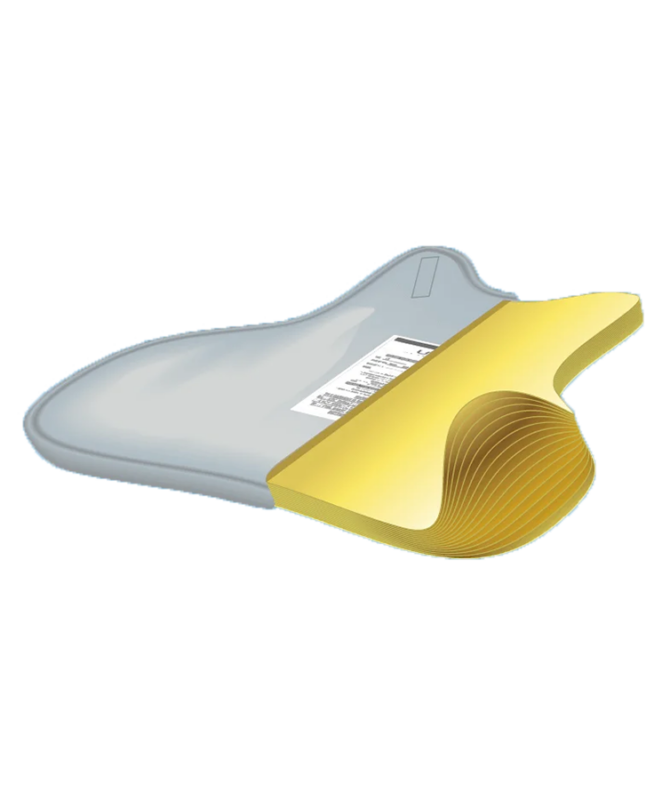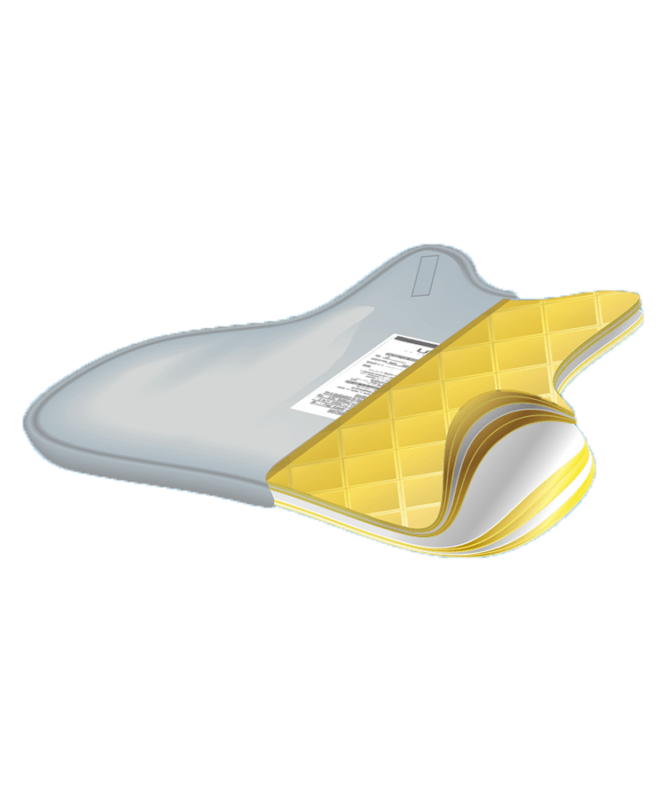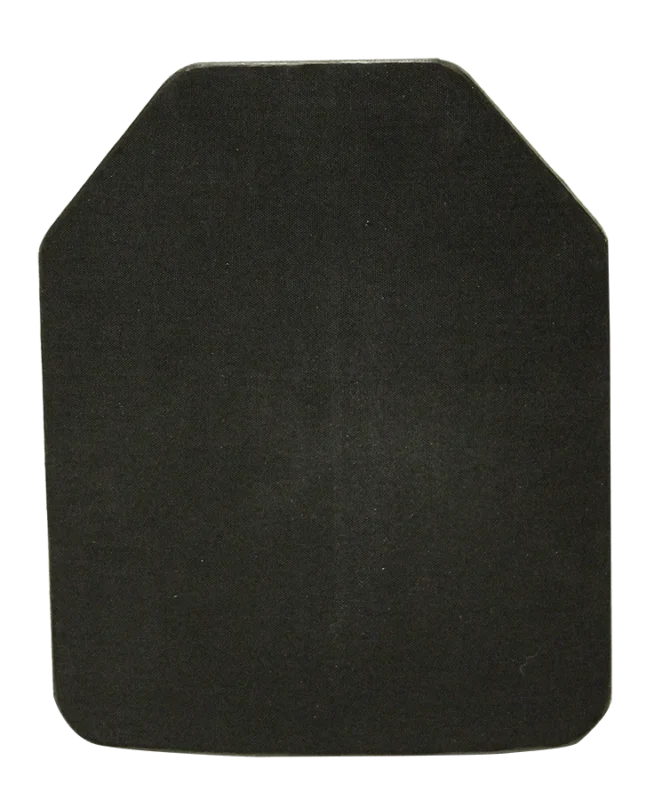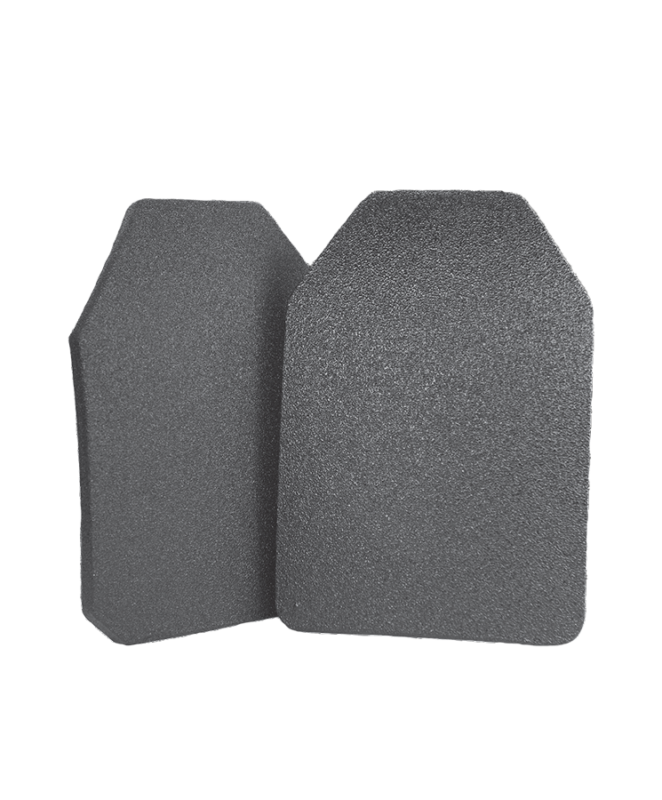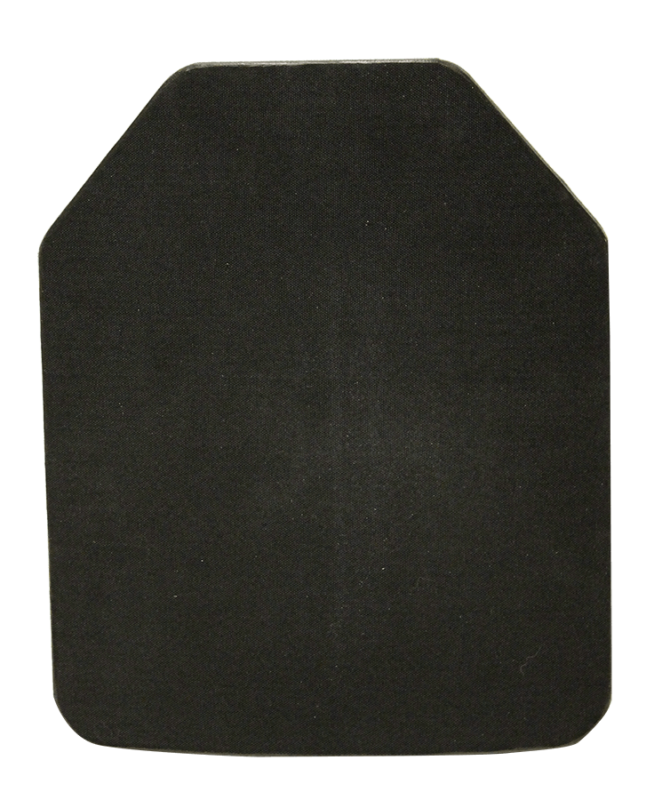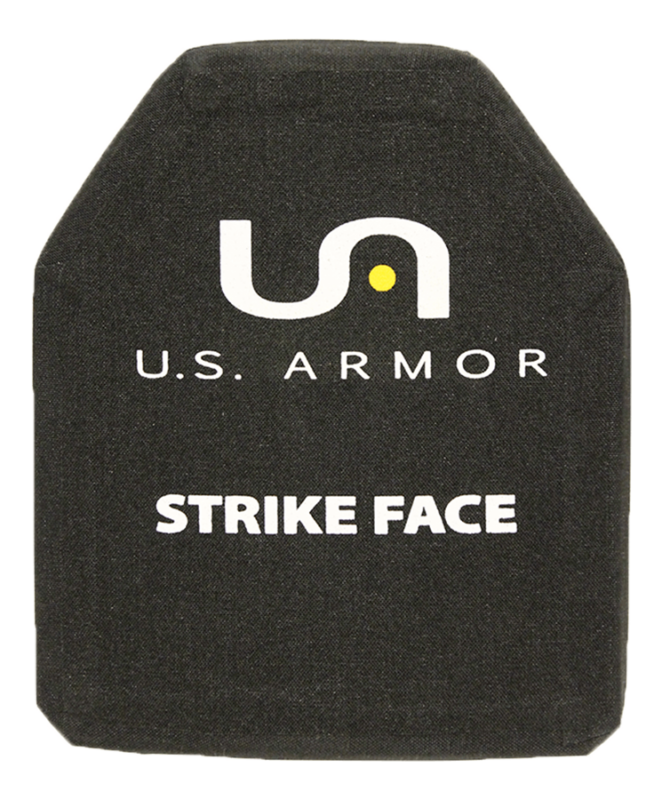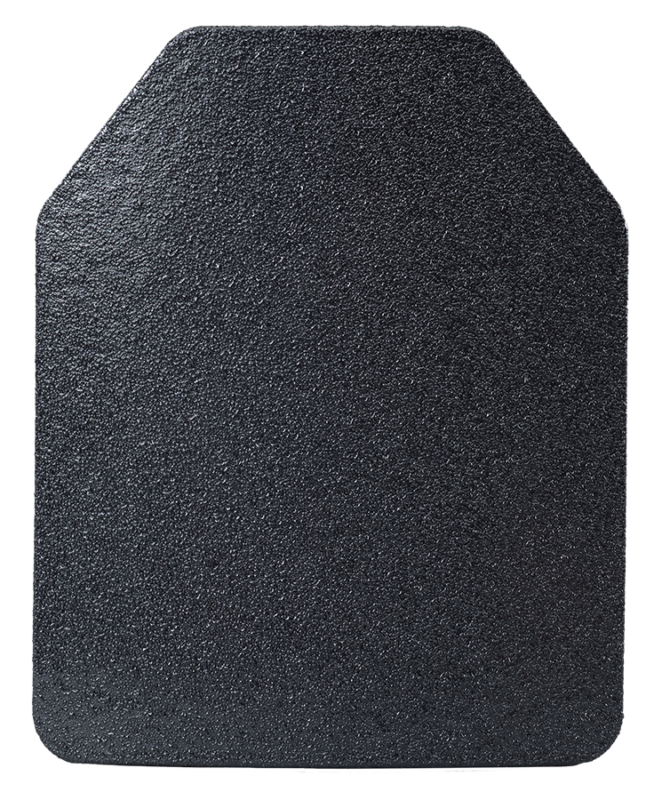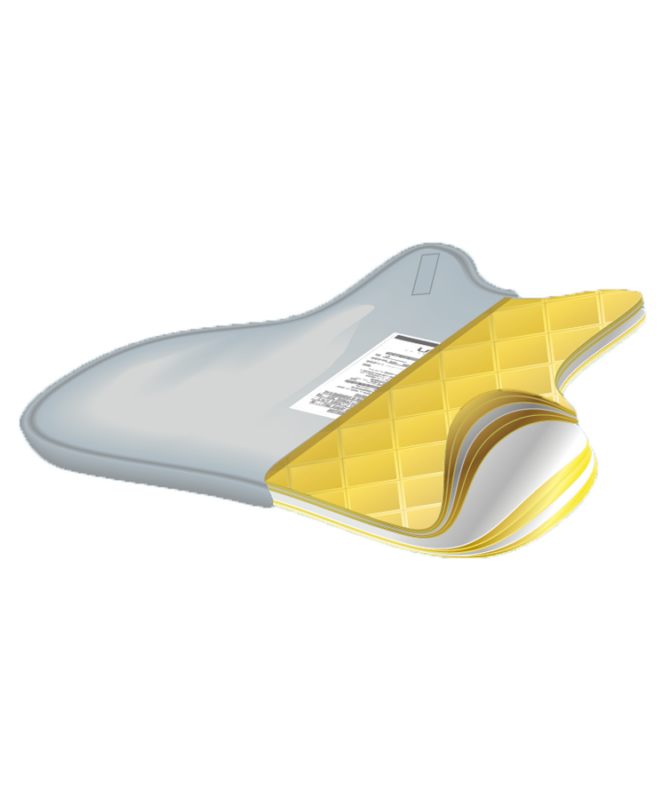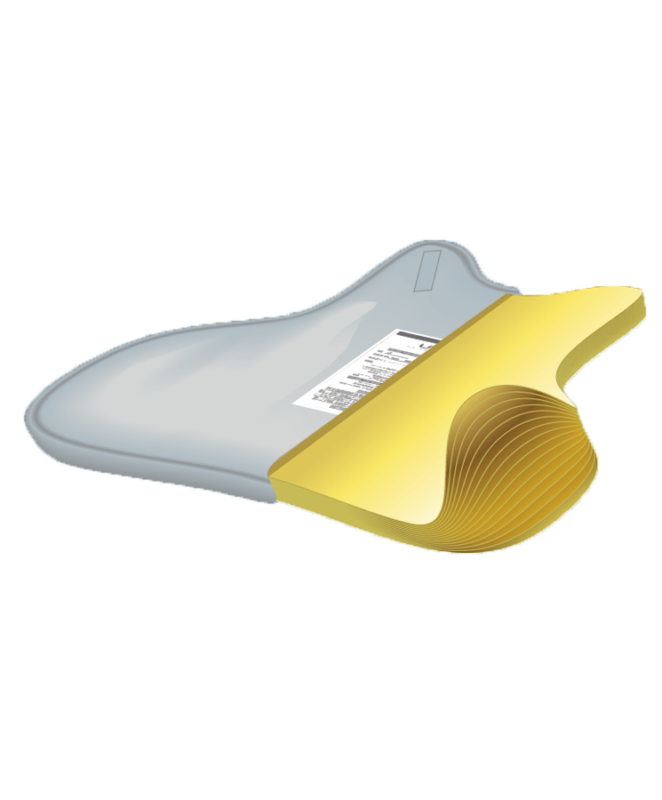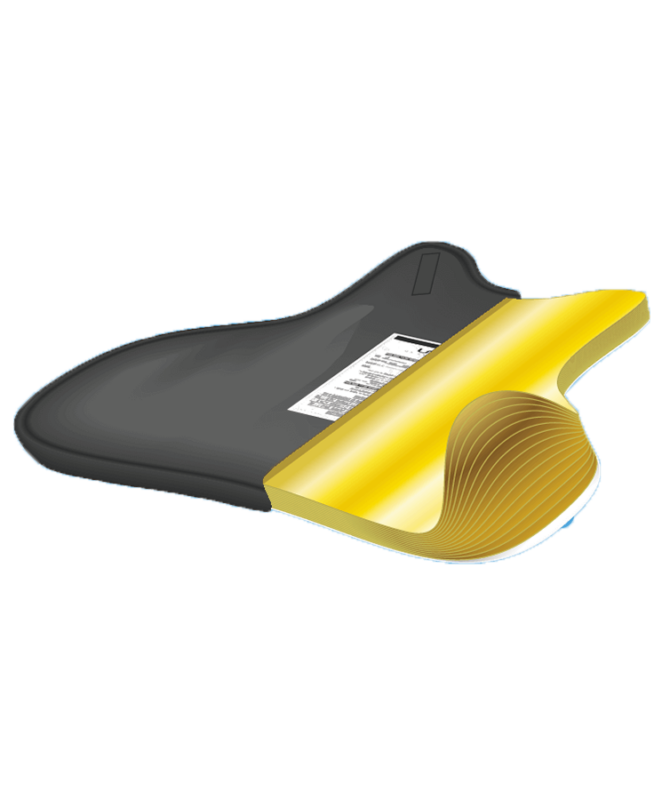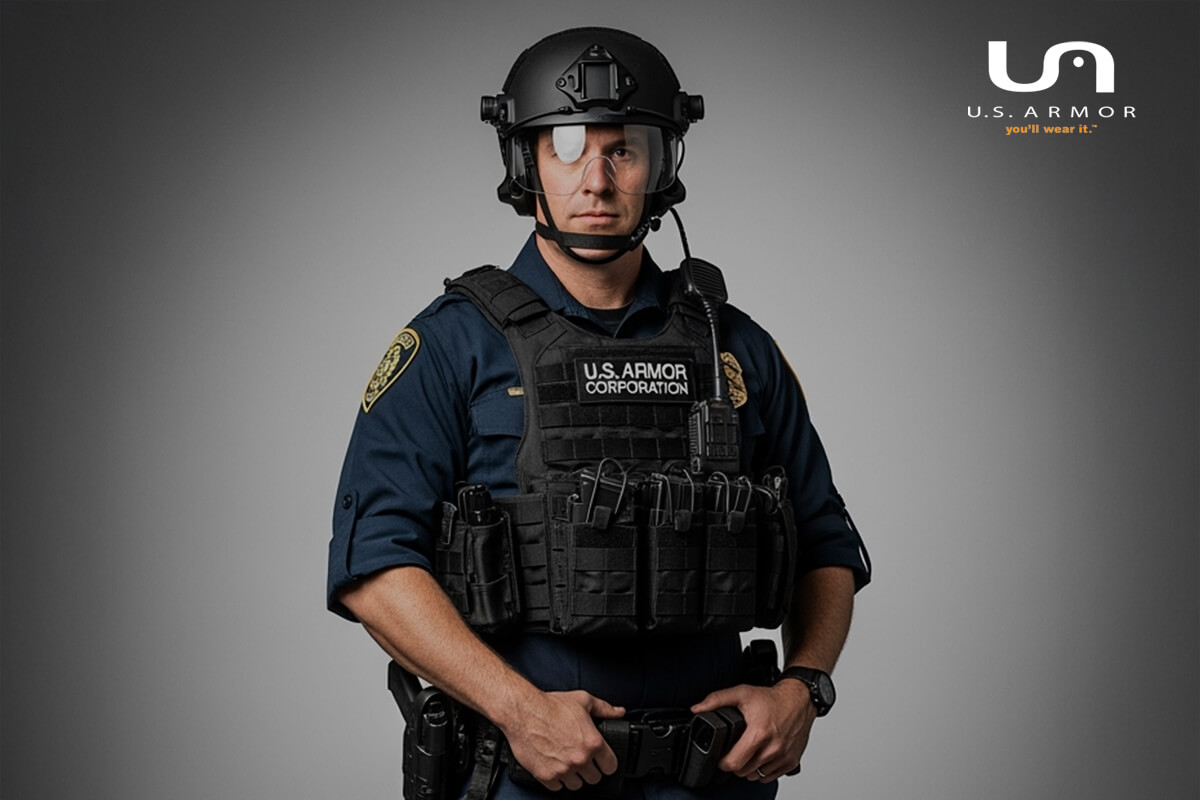Choosing the Right Bullet-Resistant Vest for Your Mission: A Complete Guide
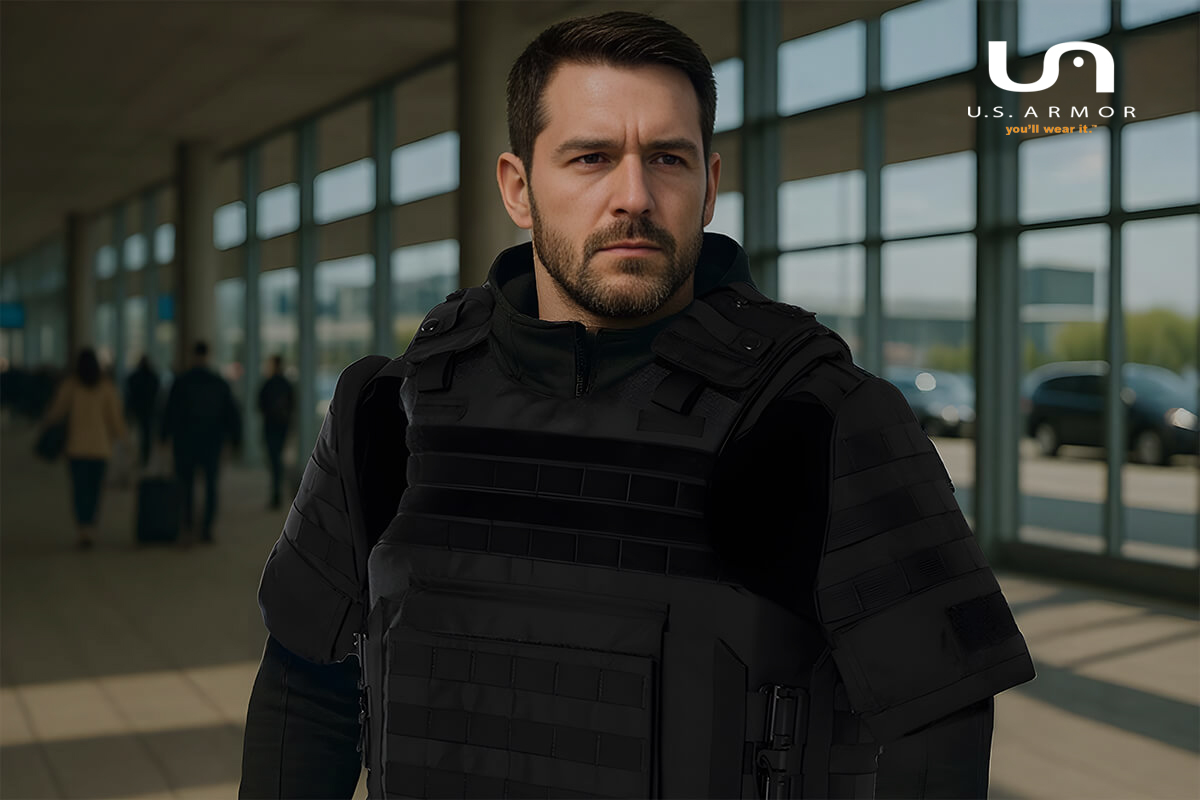
If you’re looking into personal protection, you’ve probably already asked yourself: What kind of bullet-resistant vest do I actually need? The truth is, there’s no one-size-fits-all answer—especially when lives are on the line.
As longtime manufacturers, testers, and designers of ballistic protection here at U.S. Armor, we know that every mission, profession, and environment demands a specific type of gear.
This guide breaks down:
- What a bullet-resistant vest is (and isn’t)
- Bullet-resistant vest vs body armor: key differences
- Bullet-resistant vest protection levels explained
- How to choose the best bullet-resistant vest by profession
We’re here to help you choose the best bullet-resistant vest for your needs—whether you’re in law enforcement, the military, emergency medical services, private security, or simply preparing for emergencies.
Bullet-Resistant Vest vs Body Armor: What's the Difference?
Let’s clarify a common point of confusion: bullet-resistant vest vs body armor. These terms are often used interchangeably, but there are key distinctions.
A bullet-resistant vest typically refers to soft body armor worn on the torso. It is designed to protect against handgun threats and some types of stabbing or blunt force trauma. These vests are common among police officers, EMS personnel, and security professionals.
Body armor, by contrast, is a broader term. It encompasses soft vests as well as hard armor—such as plate carriers engineered to stop rifle rounds or armor-piercing threats. Military personnel, SWAT teams, and tactical operators generally require hard body armor.
Despite it’s commonly used name, a bulletproof vest isn’t truly “bullet proof.” A more accurate term would be “bullet resistant,” as these vests are designed to reduce injury and stop specific types of ammunition—not guarantee invincibility against all threats. In fact, the phrase “bullet proof vest” is a bit of a misnomer—it implies complete invulnerability, when in reality, even the strongest armor is designed to resist rather than completely repel bullets.
Summary:
- Bullet-resistant vest: Soft armor for handgun threats.
- Body armor: All types of ballistic protection (soft and hard).
- Your mission and threat profile determine which you need.
Is there a real difference in bullet-resistant vest vs body armor?
Yes, and it comes down to level of protection, mobility, and threat type. A bullet-resistant vest is ideal for day-to-day protection against handgun threats, while full body armor may be required for rifle threats and tactical operations.
Understanding Bullet-Resistant Vest Protection Levels
Not all vests offer the same level of protection. The National Institute of Justice (NIJ) sets the standard for ballistic resistance in the United States. Their bullet-resistant vest protection levels define what types of ammunition a vest can reliably stop.
NIJ Levels Explained:
Level II
- Protects against: 9mm, .357 Magnum
- Lightweight and flexible
- Common among patrol officers
Enforcer 5000 Series Female Model 5226F – NIJ 0101.06 – Level II
Enforcer 5000 Series Model 5216M – NIJ 0101.06 – Level II
Enforcer 6000 Series Female Model 6226F – NIJ 0101.06 – Level II
Enforcer 6000 Series Model 6216M – NIJ 0101.06 – Level II
Level IIIA
- Protects against: .357 SIG, .44 Magnum, most handgun rounds
- Slightly heavier than Level II
- Ideal for urban environments where handguns are prevalent
Enforcer 3000 Series Female Model 3326 – NIJ 0101.06 – Level IIIA
Enforcer 3000 Series Model 3316 – NIJ 0101.06 – Level IIIA
Enforcer 6000 Series Female Model 6326F – NIJ 0101.06 – Level IIIA
Enforcer 6000 Series Model 6316M – NIJ 0101.06 – Level IIIA
Level III (Hard Armor)
- Protects against: Rifle rounds such as 7.62mm FMJ
- Requires hard armor plates
- Suitable for tactical and combat operations
100 Series ICW Rifle Plate – Level III
Model 23600 – Level III Rifle Plate
Model 23620 – Level III Rifle Plate
Model 3800C – Level III Rifle Plate
Level IV (Hard Armor)
- Protects against: Armor-piercing rifle rounds (.30-06 AP)
- Offers the highest ballistic protection available
- Common in military and SWAT applications
Note: Some products advertise “Level III+” protection, which is not an official NIJ classification but typically indicates added rifle resistance above standard Level III.
Model 26605 – Level IV Rifle Plate
Model 4800 Level IV Rifle Plate
Model CR-5200 – Level IV Rifle Plate
Model XR32 – Level IV Rifle Plate
NIJ Bullet-Resistant Vest Protection Levels at a Glance
| NIJ Level | Protection Type | Threats Stopped | Armor Type |
| Level II | Soft | 9mm, .357 Magnum | Handgun |
| Level IIIA | Soft | .44 Magnum, .357 SIG, most handguns | Handgun |
| Level III | Hard | 7.62mm FMJ (rifle rounds) | Rifle |
| Level IV | Hard | .30-06 AP (armor-piercing rounds) | Armor-Piercing |
Additional Consideration:
While a vest may prevent bullet penetration, it does not eliminate all risk. Blunt force trauma from the impact can still cause serious injury. Trauma plates can help absorb and disperse this energy, reducing the chance of internal injuries.
Frequently Asked Questions About Bullet-Resistant Vests
1. What is the best bullet-resistant vest for civilians?
Level IIIA soft armor is often the best choice for civilians. It offers a strong balance of comfort and protection, stopping most common handgun rounds while remaining lightweight enough for everyday wear.
For those looking for more comprehensive protection, you may consider Level III plates, but these are bulkier and designed for rifle threats. When choosing a vest, prioritize fit, comfort, and coverage to ensure you’re prepared without sacrificing mobility.
2. Can a bullet-resistant vest alone stop a rifle?
No, standard soft vests cannot stop rifle rounds alone. To stop high-caliber rifle threats, you’ll need hard body armor, such as Level III or IV plates, designed specifically for this purpose. These plates offer significantly more protection and are typically used by military personnel, tactical units, and those facing high-risk combat scenarios.
3. What are bullet-resistant vest protection levels?
Protection levels refer to the NIJ rating system that defines what types of ammunition a vest can stop—from handgun rounds (Level II, IIIA) to rifle rounds (Level III, IV).
4. Is there a difference between a bullet-resistant vest vs body armor?
Yes, there is a key distinction between the two. Bullet-resistant vests are typically soft armor designed for handgun threats, offering flexibility and comfort for daily use. Body armor, however, is a broader term that includes both soft vests and hard armor. Hard body armor is intended for higher-caliber threats, such as rifle rounds, and is generally used by military, SWAT, or tactical units.
When deciding between a bullet-resistant vest and body armor, consider the type of threat you’re facing and the level of protection you need for your mission or profession.
5. Is a bullet-resistant vest really "bullet proof?"
While the commonly used term “bulletproof vest” suggests total protection, it’s important to understand that no armor is entirely invulnerable. At U.S. Armor, our vests are designed to resist ballistic threats and significantly reduce the risk of injury.
We focus on providing reliable, real-world protection without compromising comfort or mobility, ensuring that you have the confidence to face challenging situations with gear that’s tested and trusted in the field.
Matching Your Vest to Your Profession
Law Enforcement / Patrol Officers
Threats: Handguns, knives, close-quarters encounters
Recommended: Level II or Level IIIA soft armor
Why: Lightweight and suitable for daily use with sufficient protection for most urban threats
Additional Features: Look for breathable materials and ergonomic fits for extended wear
Tactical Units / SWAT Teams
Threats: Rifles, fortified suspects, high-risk entries
Recommended: Level III or IV hard armor with trauma pads
Why: Requires rifle protection with the ability to withstand multiple hits
Additional Features: Modular systems with MOLLE compatibility are essential for loadout customization
Military Personnel
Threats: Rifle fire, shrapnel, explosives
Recommended: Level IV plates in a comprehensive plate carrier
Why: Designed for combat conditions involving armor-piercing rounds and blast fragments
Additional Features: Select lightweight yet durable materials to enhance mobility and endurance
EMTs & Firefighters Operating in High-Risk Zones
Threats: Handgun fire, violent crowds
Recommended: Level II concealable soft armor with optional stab resistance
Why: Provides protection during unpredictable emergency scenarios
Additional Features: Carriers with identification panels and utility pouches for gear access
Executive Protection / Private Security
Threats: Variable depending on the client and location
Recommended: Level IIIA soft armor in a concealable design
Why: Maintains a discreet profile while providing robust handgun protection
Additional Features: Tailored fit and low-profile design for professional appearance
Civilians and Preparedness Enthusiasts
Threats: Home invasions, active shooter incidents
Recommended: Level IIIA soft armor or ballistic backpack inserts
Legal Consideration: Check local regulations on civilian body armor use
Additional Features: Prioritize comfort and fit for consistent wear
What Makes the Best Bullet-Resistant Vest?
When evaluating options for the best bullet-resistant vest, consider the following criteria:
- NIJ Certification
- Only consider vests that are NIJ-certified to ensure reliable performance against standardized threats.
- Fit and Coverage
- The vest should cover vital organs without restricting movement. Adjustable sizing and ergonomic design are critical.
- Material Quality
- High-performance materials such as Kevlar® and UHMWPE provide strong protection with reduced weight and bulk.
- Weight and Heat Management
- Choose vests with ventilation channels, moisture-wicking linings, and lightweight construction for long-term wearability.
- Modularity
- Operators should look for modular carriers with options for quick-release systems, MOLLE webbing, and additional plate compatibility.
- Warranty and Lifespan
- Ballistic protection typically degrades over time. Most vests have a service life of 5–7 years. Review the product warranty and inspection guidelines.
Common Mistakes When Choosing a Vest
- Selecting the Wrong Protection Level
- Wearing Level IV plates in a low-threat environment adds unnecessary weight and fatigue. Match the level to the mission.
- Prioritizing Price Over Quality
- Inexpensive vests may lack proper testing or certification. When safety is the goal, invest in proven solutions.
- Overlooking Trauma Pads
- Blunt impact protection is essential, especially for high-caliber rounds. Trauma pads can significantly reduce injury severity.
- Purchasing Uncertified Products
- Always verify that the vest meets NIJ standards. Avoid overseas products that do not provide verifiable testing data.
- Failing to Inspect and Maintain
- Wear and tear, exposure to elements, and improper storage can all degrade ballistic performance. Routine inspections are vital.
How to Maintain Your Bullet-Resistant Vest
Even the best bullet-resistant vest requires regular care to remain effective.
- Storage: Keep in a cool, dry area. Avoid exposure to direct sunlight, moisture, or extreme temperatures.
- Cleaning: Use a damp cloth and mild soap. Never machine wash or submerge the panels.
- Inspection: Conduct regular inspections for damage, fabric separation, or panel degradation.
- Replacement: Replace the vest after any ballistic impact or once the manufacturer’s expiration date has passed.
Your Mission, Your Armor
Selecting the right bullet-resistant vest is a critical decision that should be guided by your profession, threat environment, and performance needs.
Understanding the difference between bullet-resistant vest vs body armor, and being familiar with bullet-resistant vest protection levels, empowers you to make an informed, responsible choice.
Remember, no armor is invincible. Protection is about preparedness—combining situational awareness, proper training, and high-quality gear.
To explore professionally designed, NIJ-certified solutions, visit our shop. Our products are backed by decades of field-tested experience in developing reliable ballistic protection.
Need assistance selecting the right vest?
Contact U.S. Armor for a personalized consultation. Our experts will help match your needs with the right protection level and configuration.
Stay prepared. Stay protected.
